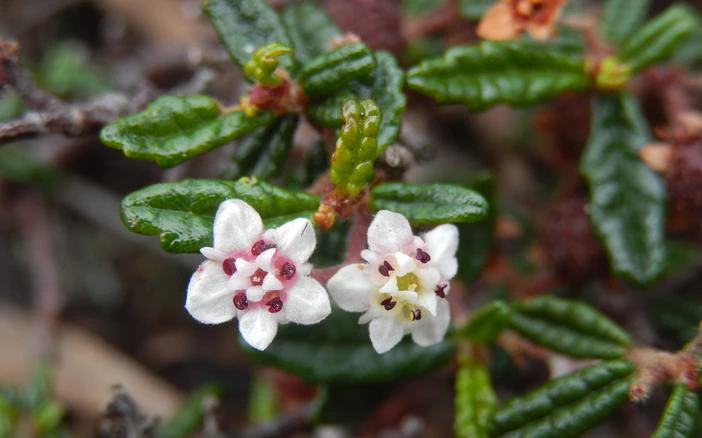Wrinkled Kerrawang
(Commersonia hermanniifolia)
Wrinkled Kerrawang (Commersonia hermanniifolia)
/
/

Poyt448, Peter Woodard
CC BY-SA 4.0
Image By:
Poyt448, Peter Woodard
Recorded By:
Copyright:
CC BY-SA 4.0
Copyright Notice:
Photo by: Poyt448, Peter Woodard | License Type: CC BY-SA 4.0 | License URL: https://creativecommons.org/licenses/by-sa/4.0 | Uploader: Poyt448 | Publisher: Wikipedia Commons
























Estimated Native Range
Climate Requirements for Valparaiso, Indiana
| This Plant | Your Site | Plant Suitability for Your Location | ||
|---|---|---|---|---|
| • Precipitation | 8" - 56" | 39" | Aquatic | Aquatic |
| • High Temp. | 75°F - 100°F | 84°F | Your summer temperatures are normal for this plant. | Excellent |
| • Low Temp. | 33°F - 49°F | 14°F | Your winter temperatures may be too cold for this plant | Too cold |
This plant should grow well at your location with about N inches per year (Y minutes per month) of irrigation.
Summary
Commersonia hermanniifolia, commonly known as Wrinkled Kerrawang, is a prostrate or trailing shrub endemic to the coastal regions and forest margins of New South Wales, Australia. It is part of the Malvaceae family and thrives in sandy soils often found in heathlands and open forests. This plant typically has a sprawling habit, with stems that can spread across the ground. The leaves are oblong to lance-shaped, with a paler underside, creating a subtle two-tone effect. Wrinkled Kerrawang blooms from late spring to early summer, producing flowers with five white sepals that fade to pink, and five pinkish petals that are moderately showy. The flowers are followed by distinctive, hairy fruit capsules.
Wrinkled Kerrawang is valued for its ground-covering abilities and its drought tolerance, making it a suitable choice for rockeries, coastal gardens, and areas with poor, sandy soil. It is also used to stabilize soil and prevent erosion. In cultivation, it requires minimal maintenance, thriving in full sun to part shade and preferring soils with good drainage. While it tolerates low water conditions, occasional watering during prolonged dry periods can keep it looking its best. There are no widely recognized cultivars of this species, and it is generally free from serious pests and diseases. However, gardeners should be aware that it may not tolerate heavy frost.CC BY-SA 4.0
Wrinkled Kerrawang is valued for its ground-covering abilities and its drought tolerance, making it a suitable choice for rockeries, coastal gardens, and areas with poor, sandy soil. It is also used to stabilize soil and prevent erosion. In cultivation, it requires minimal maintenance, thriving in full sun to part shade and preferring soils with good drainage. While it tolerates low water conditions, occasional watering during prolonged dry periods can keep it looking its best. There are no widely recognized cultivars of this species, and it is generally free from serious pests and diseases. However, gardeners should be aware that it may not tolerate heavy frost.CC BY-SA 4.0
Plant Description
- Plant Type: Shrub
- Height: 0.9-1 feet
- Width: 2-3 feet
- Growth Rate: Moderate
- Flower Color: White, Pink, Red
- Flowering Season: Winter, Spring
- Leaf Retention: Evergreen
Growth Requirements
- Sun: Full Sun, Part Shade
- Water: Low
- Drainage: Medium, Fast
Common Uses
Bee Garden, Bird Garden, Border Plant, Butterfly Garden, Low Maintenance
Natural Habitat
Coastal regions and forest margins in New South Wales, Australia, often in sandy soils of heathlands and open forests
Other Names
Common Names:
Scientific Names: Rulingia hermanniifolia, Commersonia hermanniifolia, Lasiopetalum dumosum, Byttneria hermanniifolia, Rulingia oblongifolia, Restiaria hermanniifolia, Rulingia cristifolia
GBIF Accepted Name: Commersonia hermanniifolia (J.Gay ex DC.) F.Muell.